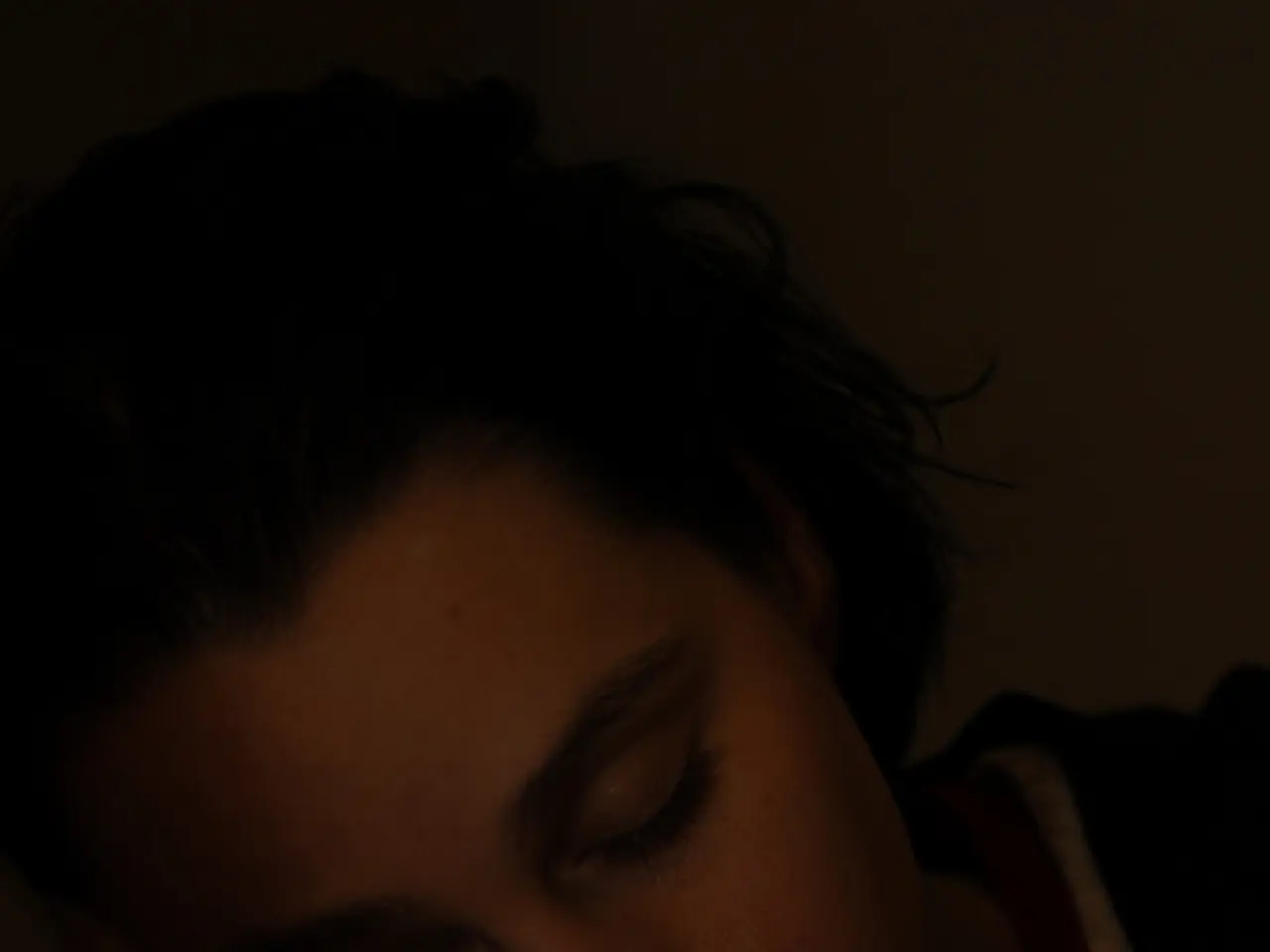COPD Treatment and Oxygen Levels: Key Points to Understand
In the world of chronic obstructive pulmonary disease (COPD), oxygen therapy can be a crucial tool for managing symptoms and improving quality of life. This article aims to shed light on the role of oxygen therapy in COPD management.
COPD, an umbrella term for two lung diseases - emphysema and chronic bronchitis, is often caused by exposure to tobacco smoke or other lung irritants such as air pollution, chemical fumes, dust, and the like. These irritants can damage the air sacs within the lungs (emphysema) or cause inflammation of the airways connected to the lungs (chronic bronchitis), leading to a host of symptoms like shortness of breath, wheezing, tightness in the chest, persistent cough, and coughs that produce excess mucus.
For those with COPD-related hypoxemia or hypoxia, oxygen therapy becomes essential. This treatment helps increase oxygen levels in the blood, enabling people to perform daily tasks with fewer symptoms and even sleep with fewer disruptions. People who use oxygen treatments at home typically rely on portable oxygen tanks, usually metal cylinders containing compressed oxygen. Some may require a constant supply of oxygen and use lighter, more portable liquid oxygen devices.
Oxygen therapy doesn't just help with immediate symptoms. It also plays a role in preventing long-term complications. For instance, it can help protect the heart and lungs of people with COPD. However, COPD patients with hypoxemia are at increased risk of certain complications such as severe illness from influenza or other respiratory infections, pulmonary vascular remodeling leading to pulmonary hypertension and right ventricular hypertrophy, oxidative stress and inflammation promoting cardiovascular complications, psychological disturbances such as anxiety and depression, cognitive impairment, and systemic frailty which worsens clinical outcomes like hospital readmission and mortality.
Managing COPD and its complications requires a multidisciplinary approach. Long-term oxygen therapy (LTOT) is a key component, aiming to maintain oxygen saturation between 88-92%, improving survival in chronic respiratory failure associated with COPD. Comprehensive care also involves addressing psychological health, nutritional status, and physical rehabilitation to counteract frailty and improve quality of life. Optimizing individualized care models that integrate psychological nursing and body-mind approaches can enhance treatment and rehabilitation outcomes in hypoxemic COPD patients.
Doctors can provide oxygen therapy in a hospital setting or a person's home. They will first conduct tests to determine the type and level of oxygen treatment needed. Additionally, doctors may recommend flu vaccinations, pneumonia vaccinations, and COVID-19 vaccinations to help reduce these risks for people with COPD.
In summary, oxygen therapy is a vital tool in the management of COPD, helping people with the condition live longer, perform daily tasks with fewer symptoms, and sleep more soundly. However, it's essential to remember that a comprehensive approach, integrating oxygen therapy with other treatments and lifestyle changes, is crucial for managing COPD and reducing long-term morbidity and mortality.
[1] Xu, J., & Zhao, Y. (2020). Hypoxia-induced pulmonary vascular remodeling and right heart failure in chronic obstructive pulmonary disease. Frontiers in Physiology, 11, 587. [2] Wouters, E. F., Pijls, N. H., & van der Ent, C. J. (2019). Psychological and neuropsychological aspects of chronic obstructive pulmonary disease. European Respiratory Review, 28(161), 190088. [3] Yoshida, T., & Kuwano, M. (2020). Frailty in chronic obstructive pulmonary disease: Definition, assessment, and implications for clinical practice. Journal of Respiratory Research, 21(1), 10. [4] MacIntyre, N. (2017). Long-term oxygen therapy in COPD. Thorax, 72(1), 11-15.
- The role of science in understanding and establishing treatments for chronic diseases such as COPD has been instrumental in establishing oxygen therapy as a crucial tool for managing symptoms and improving the quality of life for affected individuals.
- In the realm of COPD, doctors and medical professionals often categorize individuals based on their personas, such as those with COPD-related hypoxemia who require oxygen therapy for maintaining optimal health and wellness.
- Chronic obstructive pulmonary disease (COPD) being an umbrella term for chronic lung conditions, oxygen therapy serves not only to alleviate immediate symptoms but also to prevent long-term complications like chronic kidney disease, pulmonary vascular remodeling, and cardiovascular complications.
- In addition to oxygen therapy, the management of COPD requires a holistic approach encompassing various medical conditions and aspects of space and astronomy, such as addressing psychological health, nutritional status, and physical rehabilitation.
- Medical practitioners may recommend oxygen therapy treatments in both hospital settings and homes for managing chronic respiratory conditions like COPD, while also advocating for preventive measures like vaccinations against influenza, pneumonia, and COVID-19 for these individuals.




